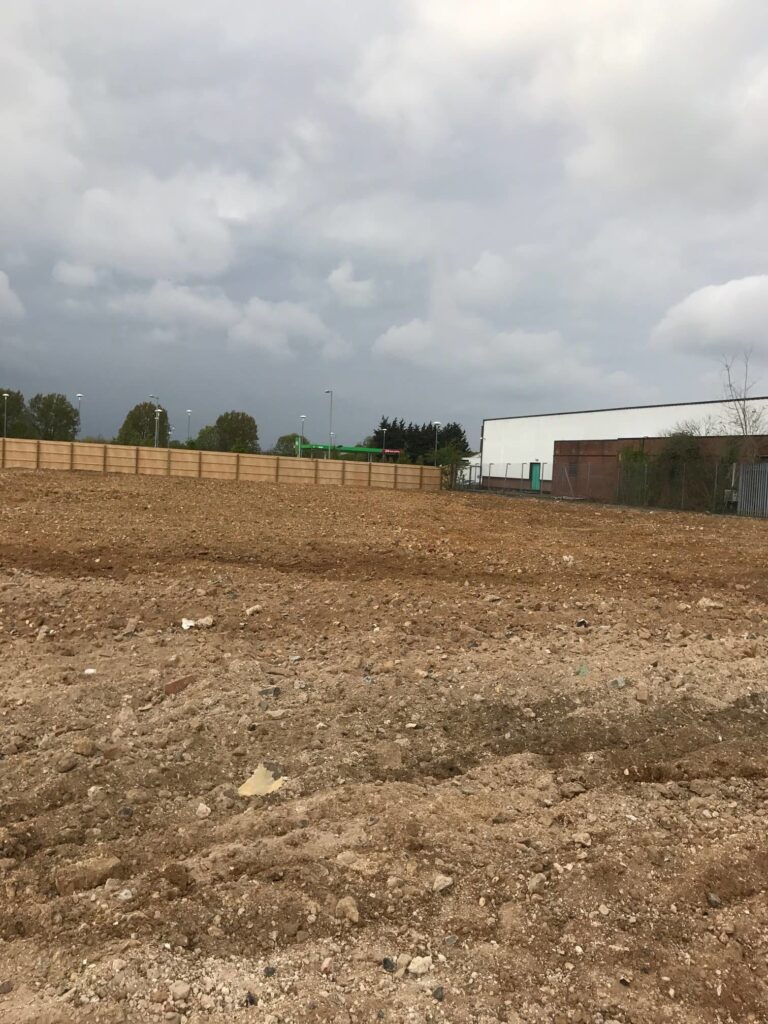
Soil is the foundation of life. It supports plants, animals, and humans. But not all soil is healthy. Many areas face pollution that makes the land unsafe. Contaminated soil can harm the environment, water supply, and health. Proper care is crucial to restore safety.
Contaminated soil removal is the process of cleaning soil that has been polluted. It ensures the land is safe for use. Whether for construction, gardening, or farming, removing harmful substances is essential. This guide provides a comprehensive overview of the entire process.
What Causes Soil Contamination
Soil contamination happens due to human activities and natural processes. Industrial waste is a major contributor. Factories may release chemicals and heavy metals into the soil. Improper disposal of household waste can also pollute the land.
Agricultural practices also play a role. Excessive use of pesticides and fertilisers can contaminate soil over time. Oil spills and leaks from vehicles add another layer of danger. Natural events, such as flooding, may introduce harmful elements into clean soil.
Common Types of Soil Contaminants
Contaminants vary in nature. Chemicals like lead, mercury, and arsenic are common. These metals can stay in the soil for years. Pesticides and herbicides from farming are also harmful. They affect plants, animals, and humans.
Oil and petroleum products are frequent pollutants in soil. They seep into the ground, making the land unusable. Industrial solvents and paints also contribute to contamination. Even household chemicals, such as bleach and detergents, can harm the soil over time.
Impact of Contaminated Soil
Contaminated soil affects health directly and indirectly. Plants grown in polluted soil absorb harmful chemicals. These toxins enter the food chain. Humans and animals consuming these plants face serious health risks.
Water contamination is another concern. Pollutants can leach into groundwater. This affects the quality of drinking water and the health of aquatic life. Contaminated soil also reduces land value and affects construction projects. Immediate action is often required to prevent long-term damage.
Guide to Contaminated Soil Removal
Removing contaminated soil requires planning and precision. The following steps ensure safety and efficiency.
Step 1: Soil Assessment
Start with a detailed soil test. Identify the type and level of contamination. Professionals use lab tests and field inspections. This helps determine the best removal method.
Step 2: Site Preparation
Clear the area of plants, debris, and structures—Mark hazardous zones. Safety measures, like fencing and protective gear, are essential.
Step 3: Excavation
Excavate the contaminated soil carefully. Machines like backhoes or excavators are used. Soil is removed layer by layer to prevent the spread of contaminants.
Step 4: Transportation
Transport the polluted soil to licensed disposal facilities. Ensure compliance with local regulations. Vehicles should prevent leaks and spills.
Step 5: Soil Treatment
Depending on the level of contamination, soil may undergo treatment. Techniques include soil washing, bioremediation, or chemical neutralisation. Treatment reduces toxins and restores soil health.
Step 6: Replacement and Restoration
Fill the excavated area with clean soil. Replant vegetation and stabilise the land. Monitor the site regularly to ensure long-term safety and security.
How Contaminated Soil Removal Helps
Removing polluted soil protects health. It ensures safe food production and a clean water supply. Contaminated soil removal also improves land usability. Construction projects can proceed without risks.
Environmental impact is reduced, too. Clean soil prevents harmful chemicals from entering rivers, lakes, or groundwater. It restores ecosystems and supports biodiversity.
Benefits of Contaminated Soil Removal
1. Health Safety: Eliminates exposure to harmful substances.
2. Environmental Protection: Reduces pollution and preserves ecosystems.
3. Land Value: Safe, clean land increases property value.
4. Regulatory Compliance: Meets environmental laws and guidelines.
5. Sustainable Use: Ensures the soil can be used for farming, construction, or gardening.
How Contaminated Soil Removal Works
The process starts with detailed planning. Experts analyse soil samples. They determine contamination type and depth. Excavation follows strict safety protocols. Removed soil is treated or safely disposed of.
Advanced techniques ensure effectiveness. Bioremediation utilises microbes to break down pollutants naturally. Soil washing separates contaminants from healthy soil. Chemical treatments neutralise hazardous substances.
Regular monitoring ensures complete decontamination. The final step restores the land for safe use.
Key Aspects of Contaminated Soil Removal
Safety: Protective equipment and procedures prevent accidents.
Compliance: Follow environmental laws to avoid penalties.
Effectiveness: Use proven techniques to remove all contaminants.
Documentation: Maintain records of tests, removal, and disposal.
Expertise: Professional knowledge ensures proper handling of hazardous materials.
Questions to Ask the Professional
When hiring a service, ask about:
- Certification and experience in contaminated soil removal
- Techniques used for different contaminants
- Time frame and process details
- Safety measures and equipment
- Disposal methods and legal compliance
These questions ensure you hire a reliable and skilled professional.
How to Choose the Best Contaminated Soil Removal Service
Check reviews and references. Experienced companies follow strict safety and environmental standards. Ensure they use modern equipment and techniques. Compare quotes but avoid compromising quality. A trusted service ensures long-term safety and usability of the land.
Conclusion
Contaminated soil is a significant issue that impacts health, the environment, and property. Effective contaminated soil removal restores safety and usability. Understanding causes, types, and impacts helps in planning proper removal. Following a step-by-step approach ensures success. Working with certified professionals guarantees effective cleanup. Clean soil supports safe food, clean water, and thriving ecosystems. Investing in contaminated soil removal benefits health, the environment, and future generations. Protect your land and make it safe today.


